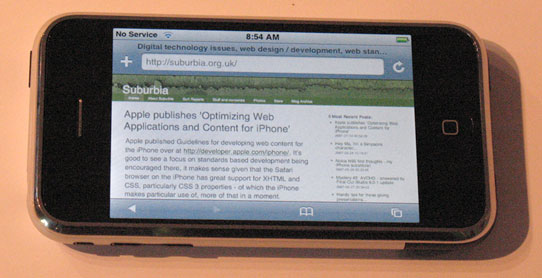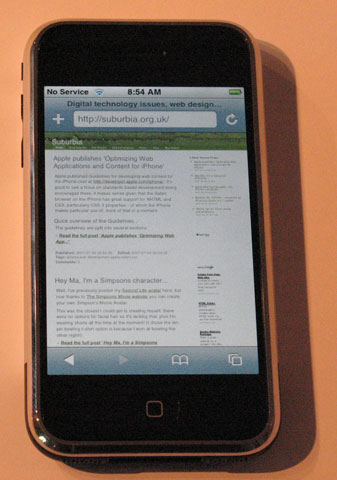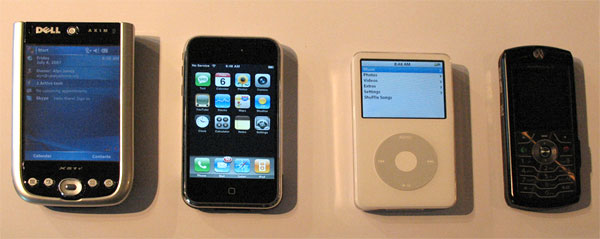It’s been about 4 months now since I switched to Sky from Virgin Media so I thought I’d write a bit about my experiences with Sky so far, both good and bad. My original reason for switching was the removal of Sky One from Virgin Media, that coupled by the cheap price I decided to switch. My aim in this post is to try and compare what each company offers and what I like or dislike about it.
The package that I have with Sky is the See, Speak, Surf package giving me unlimited phone calls (plus the overseas option Canada and Australia calls included for an extra £5), up to 8Mb broadband and all 6 TV mixes – all this for £31 per month.
See – Sky TV service
The Sky TV package is pretty good as I get all 6 Mixes, basically this means that I get a whole range of TV channels, probably a few hundred. Most of these I would never watch but compared to the cost I would pay on Virgin to get a TV package that would include the Extreme Sports Channel then Sky offers good value.
One of the main reasons for switching was to get Sky One again. There were quite a few shows on Sky One that I watched, when Virgin didn’t renew their deal with Sky it basically left all of Virgin’s TV offering look pretty poor to me. Generally Sky TV is quite good but, like Virgin Media, most of the channels are rubbish but at least I’m paying less for it!
The one thing I do miss from Virgin Media though is their replay function, Virgin TV on demand. Basically this gives you the ability to watch a fairly broad selection of shows on demand for up to 7 days after they have aired. My wife and I used to use this a lot when we were with Virgin Media and we do miss it. Sky do have an on demand TV service called Sky Anytime but, like the BBC iPlayer, it only works for those using a PC running Microsoft Windows OS, not much use for me on my Mac! We could get Sky+ and record all the shows we want but that would be another £100+ to buy the box and then pay for installation, so I don’t think we’ll be doing that!
Sky TV rating: ★★
Virgin TV rating: ★★★
Speak – Sky’s Telephone service
As far as telephone service goes, Sky has been perfectly fine, no problems at all. As the phone service basically comes through a BT line you would hope that this couldn’t be screwed up! I’ve certainly not had any problems making and receiving calls, so no problems there. Comparing this with Virgin is kind of difficult as there’s not much difference there.
Perhaps the cost is the only difference, Sky’s Phone service gives me unlimited calling to UK landline numbers whenever I want. I have also paid an extra £5 to get the overseas option, this gives unlimited calls to 10 different countries, including Canada and Australia which is great as I have family in both countries.
Ironically, and annoyingly, calling their own Tech support number is not counted as a free call and costs about 3p or so per minute which is actually pretty lame! Come on Sky, give us an 0800 number, kill the 08702 and 08705 numbers! I actually complained about this and they did actually give me £5 credit back on my line, I don’t see why I should pay to phone them up about fixing problems with their service!
Sky Phone rating: ★★★★
Virgin Phone rating: ★★★
Sky Surf – Sky broadband
Sky has been pretty good, apart from having a technical issue for a few weeks which turned out to be a problem with BT’s exchange the service has been quite reliable. I’ve got the 8MB broadband package.
One not so good point though is that the Sky NetGear router comes with custom firmware and is locked down for users. No login details provided for using an alternative router, however, a little Google search will tell you how to find these details anyway!
Sky Broadband rating: ★★★★
Virgin Broadband rating: ★★★★
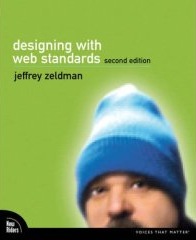 Designing with Web Standards – Second Edition by Jeffrey Zeldman
Designing with Web Standards – Second Edition by Jeffrey Zeldman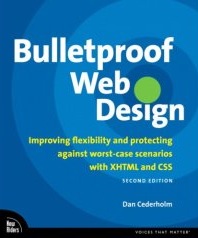 Bulletproof Web Design: Improving flexibility and protecting against worst-case scenarios with XHTML and CSS, Second Edition by Dan Cederholm
Bulletproof Web Design: Improving flexibility and protecting against worst-case scenarios with XHTML and CSS, Second Edition by Dan Cederholm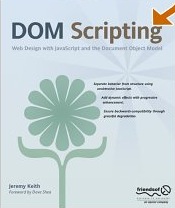 DOM Scripting: Web Design with JavaScript and the Document Object Model by Jeremy Keith
DOM Scripting: Web Design with JavaScript and the Document Object Model by Jeremy Keith Bulletproof Ajax by Jeremy Keith
Bulletproof Ajax by Jeremy Keith iMacs
iMacs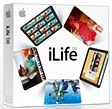 iLife 08
iLife 08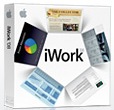 iWork 08
iWork 08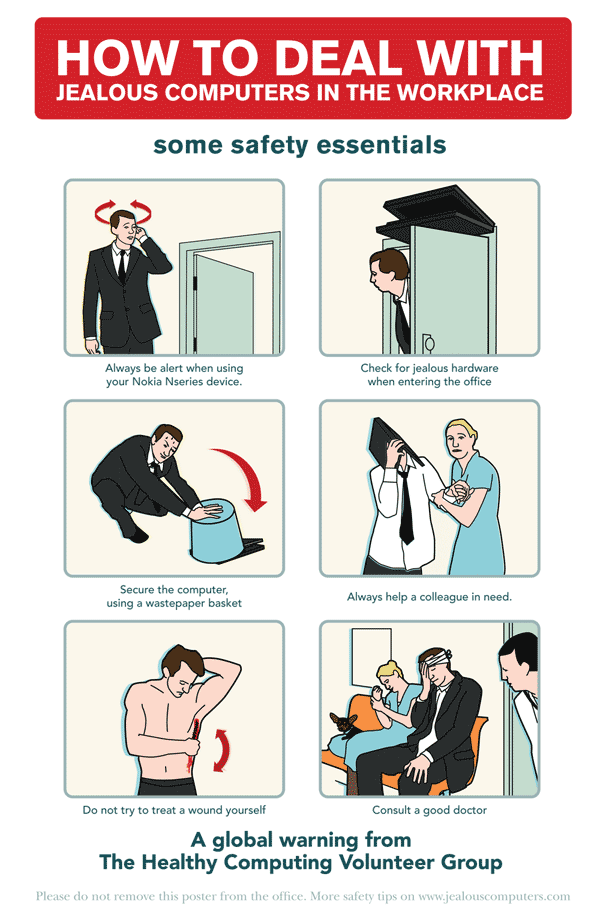 ~Rick
~Rick



